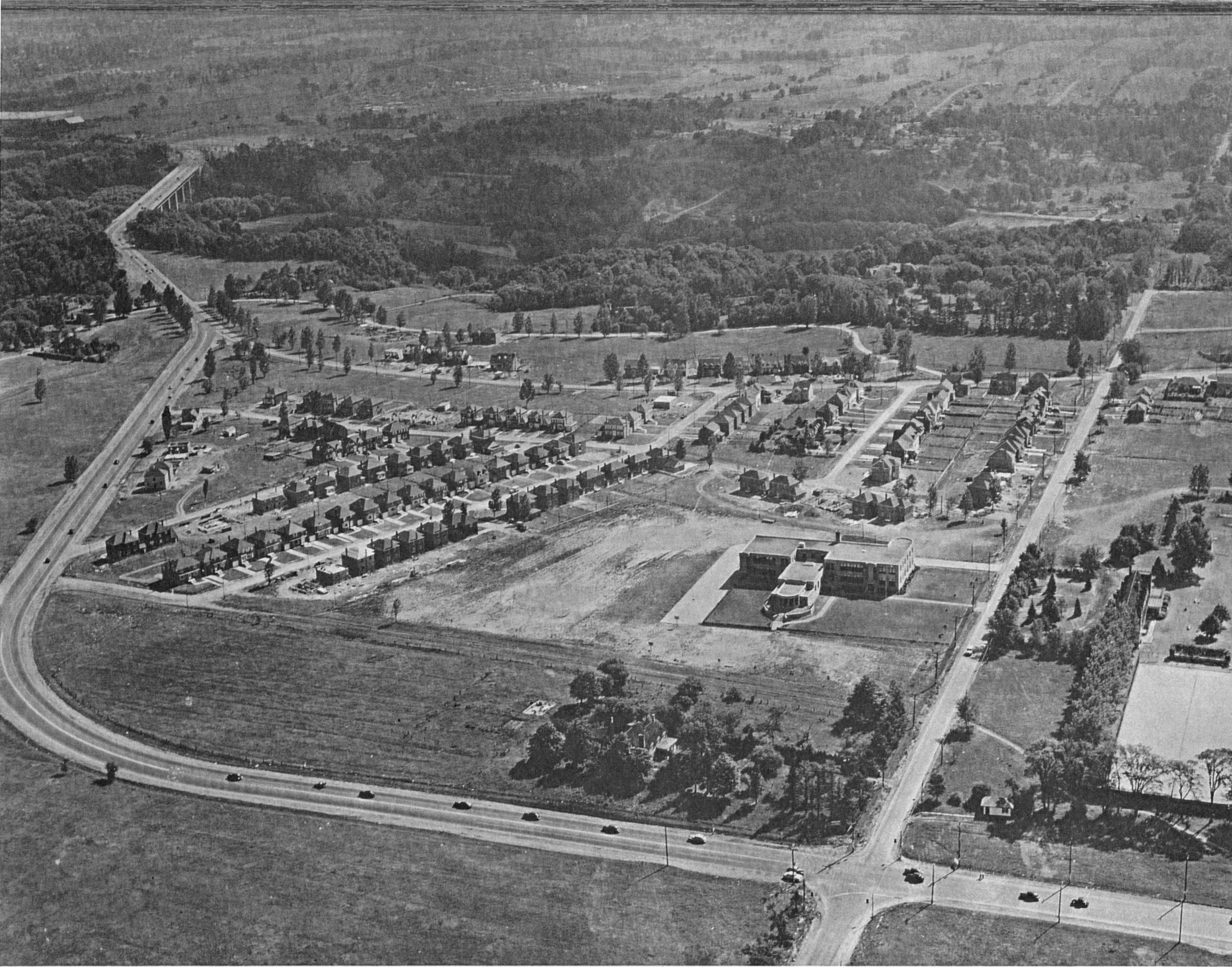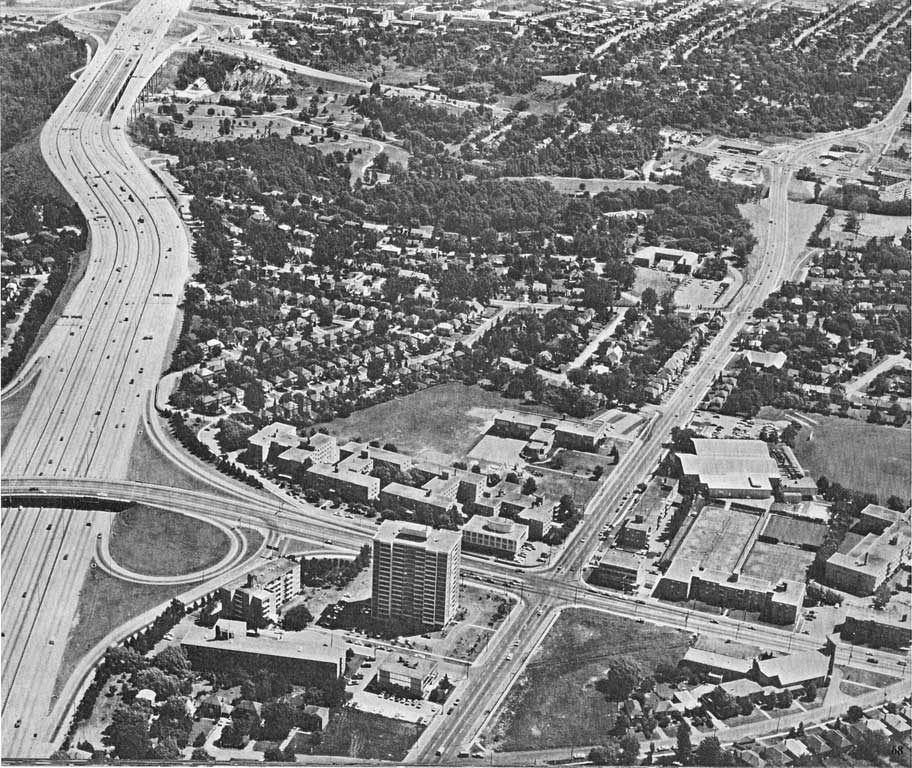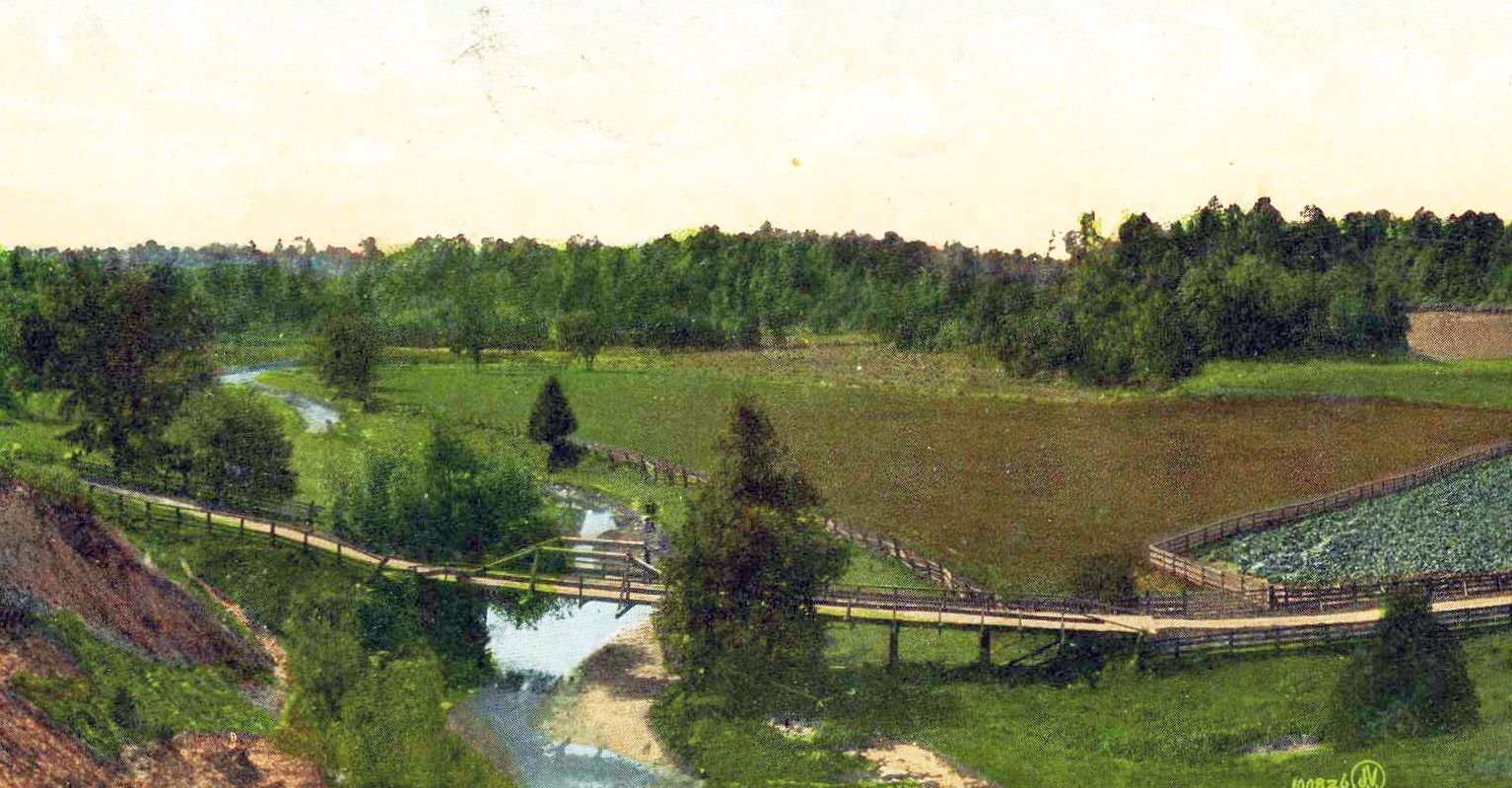Towered
Senior Member
Well, let's not throw the rhetorical baby out with the bathwater. For the first 40+ of those past 60 years, there was very widespread popular agreement that relying on the auto was fine. In fact, it was demanded. There was no "at the expense of everybody else" - the auto dependent population was almost all of us. That's how the GTA was built. Including, in fact, the inner suburbs....auto dependent streets started to come into vogue back around 1920.
That is no longer possible. The auto won't get us any further, and it's already getting in the way. So times have to change, and change they will, but let's not demean the last 100 years as part of that. I agree with @kali, sometimes it seems that reinventing our streets isn't exciting for some unless they get to judge and punish and shame auto owners and declare "injustices" in the process.
The Business section of most bookstores are chock full of how-to books on "change management". Virtually none of those books would advise that the best way to get change is to go low on the status quo. For most of us, taking posession of our first auto was a proud moment, and an empowering one. I don't drive downtown very often any more, but I'm not about to apologise for having done so all my life. I suspect I'm pretty typical.
As for driver behaviour, and pedestrian behaviour - I'm afraid it's still a dead heat. Putting ones' self first, and ignoring common good, has become very normal in our society. So lots of that on the roads, but for every selfish drive I observe, there is a selfish pedestrian. It all needs to change. But again, you catch more flies with something other than moral outrage.
- Paul
For the record, I’m a frequent car driver, and yet I strongly advocate for the rapid dismantling of auto-focused infrastructure in order to be replaced with pedestrian, cyclist and transit oriented projects.










